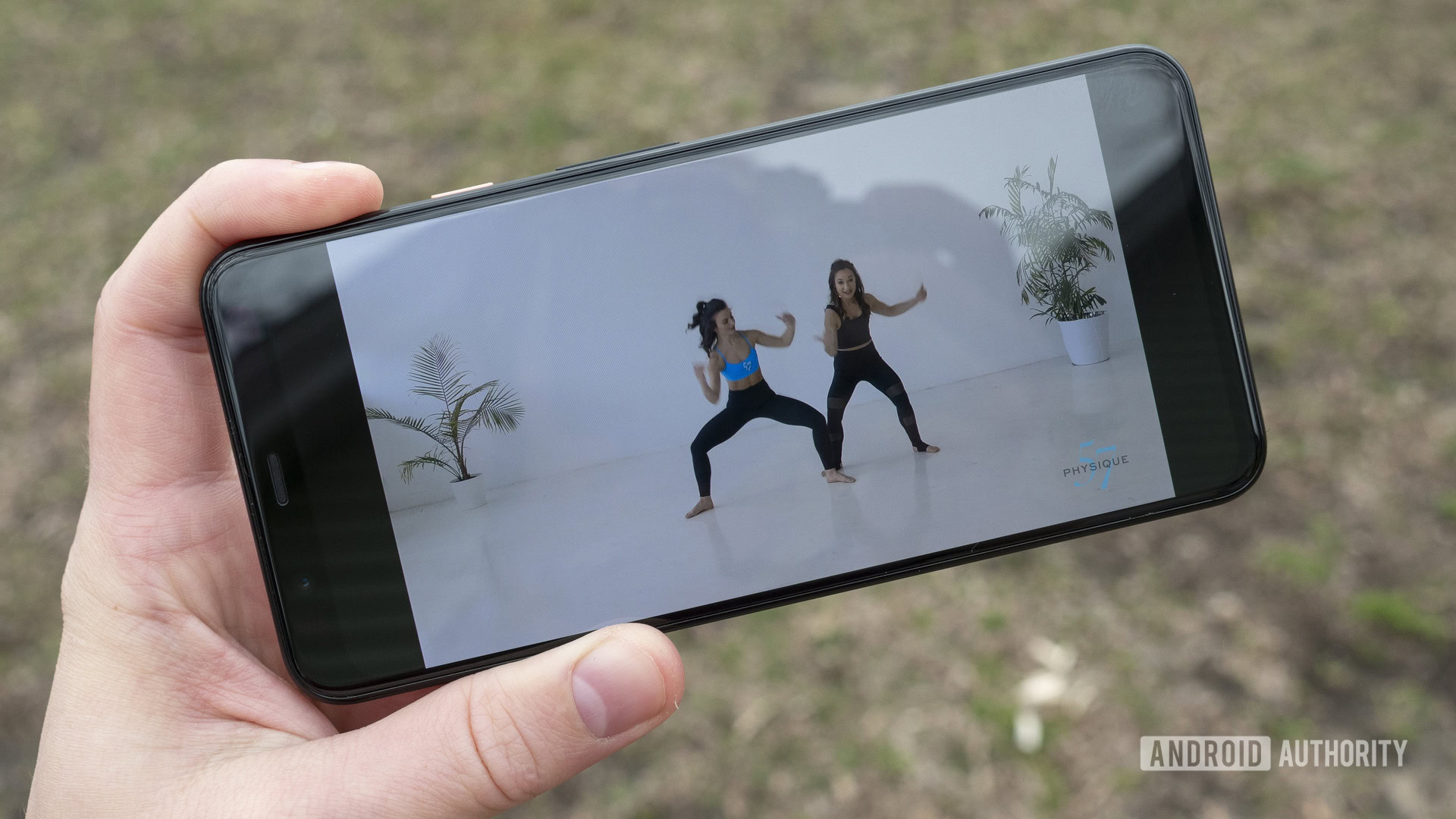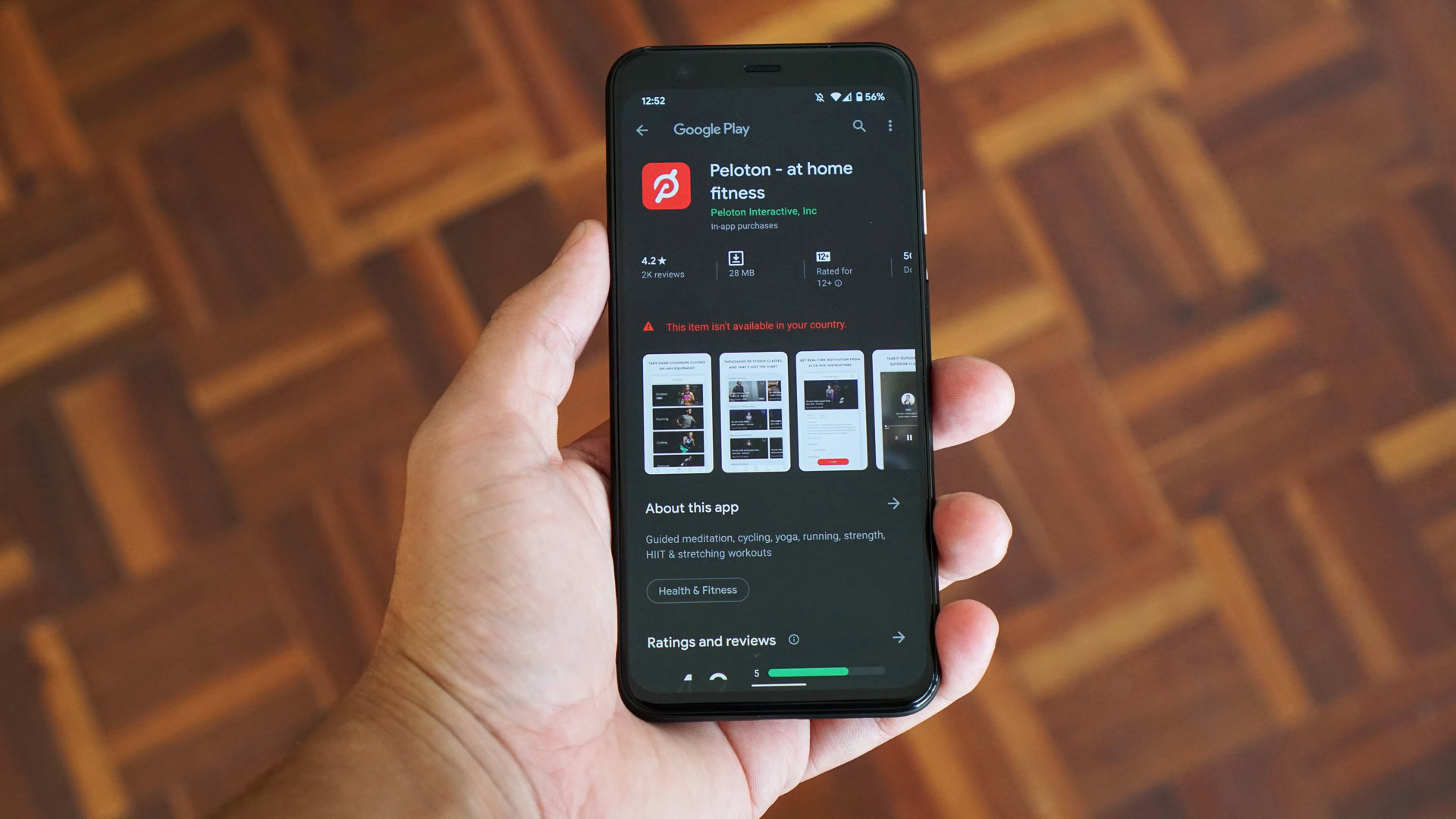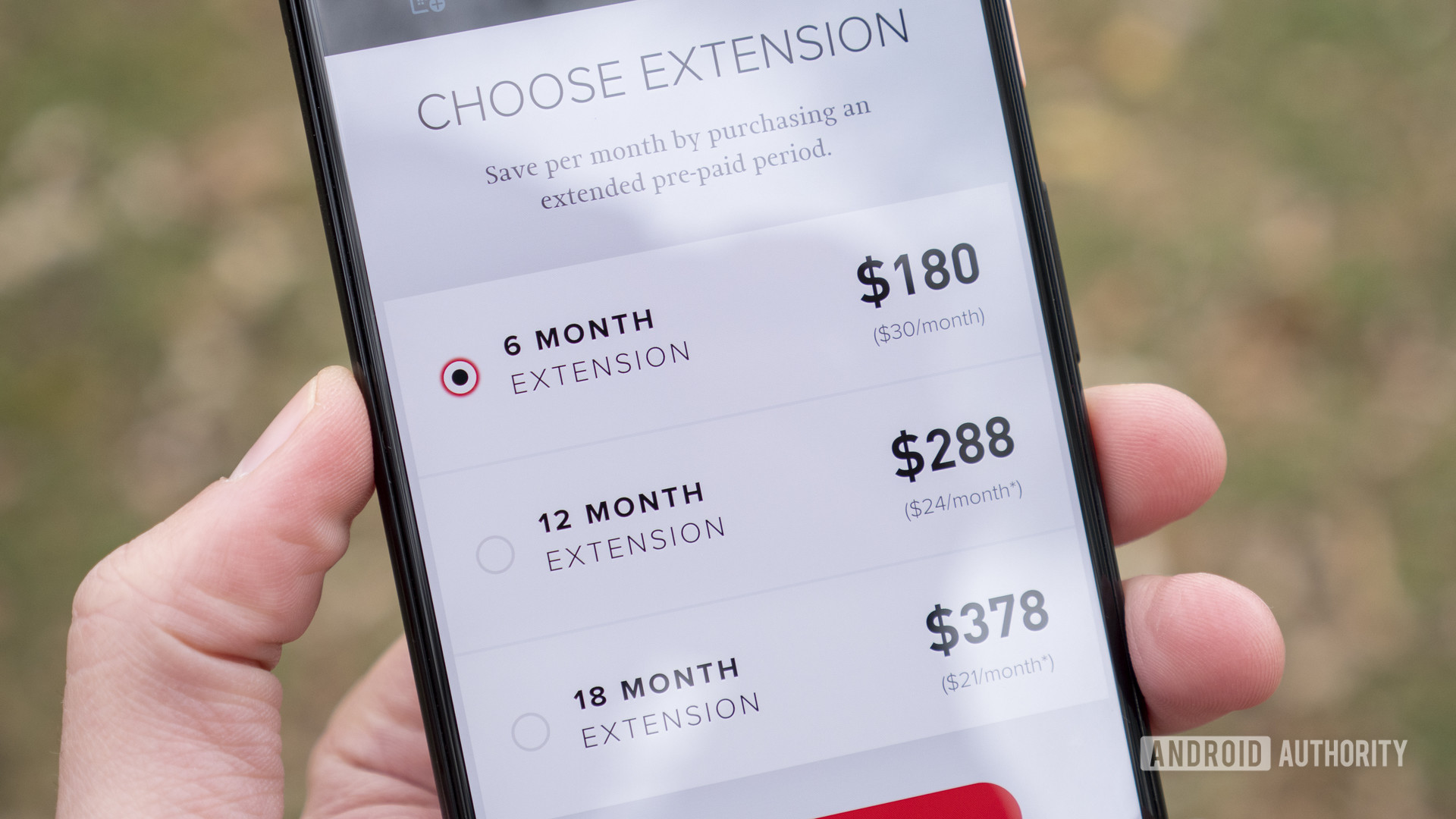Affiliate links on Android Authority may earn us a commission. Learn more.
The future of smart fitness is subscriptions, but it shouldn't be

When Amazon recently revealed its Halo Fitness and Nutrition subscriptions to go along with the upcoming Halo View fitness tracker, it might have put some people off, but it wasn’t too surprising for those of us in the industry. Subscriptions are all the rage at the moment — names like WHOOP, Peloton, FightCamp, Fitbit Premium, and Apple Fitness Plus are just the tip of the iceberg.
Subscriptions, it seems, are the future for those of us serious about health. Or rather, they’re something we’re going to have to work around, and really should if we’re going to steer the market in a sustainable direction.
Before I explain why, we need to define a few things. There is, first of all, a split between mandatory and optional plans — a Halo, Fitbit, or Apple Watch will continue to function perfectly fine without a subscription for example, but if you stop paying for WHOOP, the tracker becomes a paperweight. Brands like Peloton and FightCamp technically occupy a middle ground, but if you buy their hardware, their subscriptions might as well be mandatory. There’s no reason to pay for FightCamp’s equipment if you’re not planning to stream their boxing lessons.
On that note, we’re also talking about an incredibly diverse range of content. Peloton, FightCamp, and Apple Fitness Plus are all focused on video workouts supplemented by hardware tracking. Services like Halo and Fitbit Premium have workouts, but also provide extended analysis of sleep, stress, and other body stats. Still, other services are goal- or competition-oriented, and not necessarily tied to hardware. Strava, for example, is a tracking, metrics, and planning tool for runners and cyclists, while MyFitnessPal is primarily about calorie counting and macronutrients.
Which of these health and fitness services do you subscribe to, if any?
The pros of subscriptions

There are, of course, advantages to the subscription model, perhaps chief among them being convenience. On-demand home workouts are appealing not just to people with limited time, but to newcomers intimidated by exercising in public. It also means never trekking to a gym through rain or snow. Even subscriptions that don’t focus on training will at least deliver a central source of guidance. In theory, someone subscribed to MyFitnessPal Premium never needs to go anywhere else for nutrition.
On-demand home workouts are appealing not just to people with limited time, but to newcomers intimidated by exercising in public.
Subscriptions certainly cut through the static. There’s a lot of confusion and outright misinformation in the health space, and even when help is based on science and real-world testing, it can be scattered across multiple sources. Bad info does persist into subscriptions — Deepak Chopra and his “quantum healing” pseudoscience shouldn’t be on any platform, much less Fitbit — but as a rule, you’re less likely to go astray with companies that can afford to hire experts.
See also: The best health apps for Android
An undervalued aspect is accountability. Paying a regular fee encourages you to either get the most out of your money or quit, and as gym veterans can attest, discipline is crucial. Most services go a step further with positive feedback, whether it be awards, milestones, or genuinely useful recommendations.
In some cases, a digital service can be cheaper than the alternatives. Though Peloton and FightCamp make you buy expensive hardware for the full experience, the subsequent $39 per month they charge is more affordable than some gym memberships, and even that initial buy is offset if you were otherwise planning to pay a trainer. More budget-minded consumers might get a cheap Fitbit with an $80 annual Premium subscription and be fine for the rest of their lives. Heck, Peloton has an app-only subscription that’s $13 per month.
Why you shouldn’t pay

Bluntly: No one needs the content in any of these subscriptions. All the knowledge you need to get healthy or jacked is freely available if you do a little hunting. Want to run? Look up Couch to 5K. Scared of barbells and dumbbells? Search for Starting Strength. If you want tips on form, you can check out YouTubers like Jeff Nippard or Brian Alsruhe. More foundational health advice is even simpler — it’s on government websites.
Regardless of your interests, you can follow the right course by staying skeptical and doing your homework. Question anyone peddling a product, and always check the credentials of sources. At a minimum you should ask if what you’re seeing is plausible — there’s no such thing as a six-pack “shortcut,” for instance.
All the knowledge you need to get healthy or jacked is freely available if you do a little hunting.
If you have higher ambitions in fitness, you can actually handicap your progress by following subscription workouts. FightCamp will teach you many of the techniques of boxing and kickboxing, but if you want to spar, even the company’s blog suggests finding a coach and a gym. When it comes to strength, services from the likes of Apple and Fitbit tend to steer people towards short classes and away from heavy weights. You won’t get built like John Cena by following Fitness Plus routines.
More: The best bodybuilding apps and weightlifting apps for Android
To be fair, most people working out at home don’t have gym-quality equipment, and companies risk getting sued into oblivion if beginners start punching each other or squatting 300 pounds. Yet at any fitness level, there are people who could use real-world trainers to improve form and avoid injury.
The analytics these services offer frequently tell you things that are easy to figure out, or only of interest to athletes or people with health complications. Fitbit Premium, for example, generates Sleep and Stress Management breakdowns, but many people already have a sense of how tired or stressed they are, as well as the causes. The same service tracks blood glucose trends, but that rarely matters unless you’re diabetic. WHOOP lets you export up to 180 days of trend data in areas like blood oxygen and skin temperature — but that’s not of (much) help to anyone but doctors and trainers.
Subscriptions are more about business than health

The deeper trouble is that, as with any subscription, health and fitness plans are really about keeping you hooked. From a business perspective, they deliver a constant stream of revenue, which is almost always preferable to one-time purchases. And once someone is invested in a platform, they’re less likely to switch to a competitor, especially if it means invalidating expensive hardware.
Never-ending fees should raise a flag, if not necessarily a red one. $80 per year is a lot to spend on any app regardless of usefulness, and $468 per year for the likes of Peloton can be prohibitive. You are getting bang for your buck with services that include video workouts, but if you don’t need those, the money is still better spent elsewhere. How many people would get fitter buying adjustable dumbbells, a yoga mat, or a good pair of running shoes instead?
See also: Which hardware features do you actually need on a fitness tracker?
To me, though, platform lock-in is the greatest issue. Beyond discouraging freedom of choice, it means putting more of your eggs in one basket. In some cases, you can even end up paying extra to stay in that basket — whether because device or subscription costs go up, or certain add-ons become essential. It moreover increases vulnerability, since if a service gets hacked or goes bankrupt, you can lose years’ worth of data.
Never-ending fees should raise a flag, if not necessarily a red one.
Then there’s the effect on the marketplace. We’re not there yet, but it’s not hard to imagine a future in which customers are subdivided along subscription lines, much in the same way that Android and iPhone owners are tied to their respective app stores. Companies with guaranteed customers have less incentive to innovate or improve the effectiveness of existing products, which is vital when we’re talking about people’s bodies.
I also feel like we should be rebelling against the proliferation of subscriptions in general. We’re already being nickel-and-dimed for music, video, storage, and deliveries, never mind adding another layer. If we haven’t by now, we’re soon going to hit a threshold where people refuse to pay any more, and some major services will have to merge or crumble.
Would the tech industry benefit from more or fewer subscriptions services?
Where do we go from here?

Subscriptions do have their place, so if they work for you, I’m not going to complain too much. Different people need different things to succeed, and it’s tough enough to get fit when help is available. I’m especially supportive of people using video workouts to cope with gym shyness — it shows determination.
That said, people should always take a step back before they shell out. Free alternatives are more sustainable not just for your own wallet, but for the rest of us consumers — and possibly businesses if it prevents them from tacking on subscriptions no one wants. Sometimes, the right path isn’t the one that everyone else is chasing.